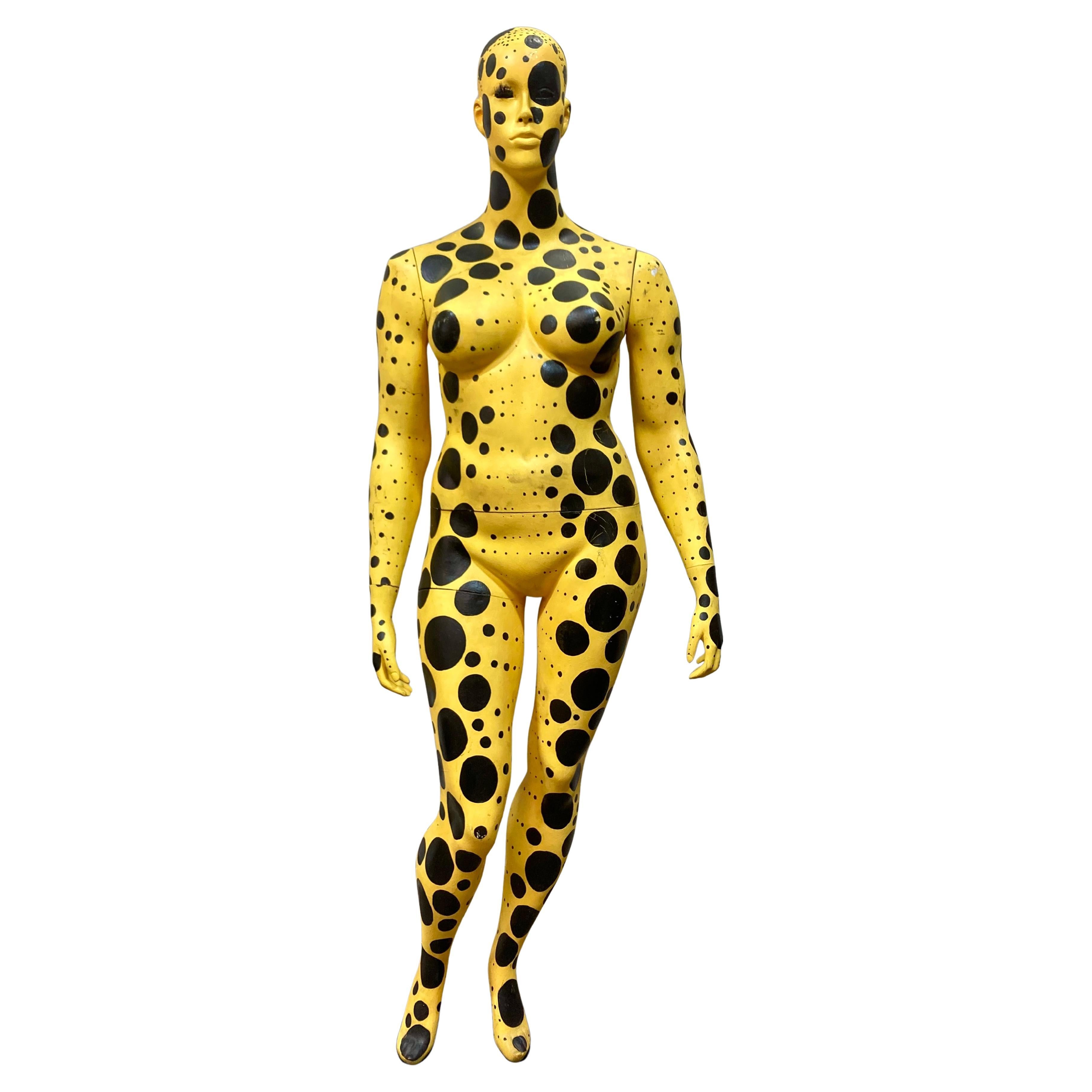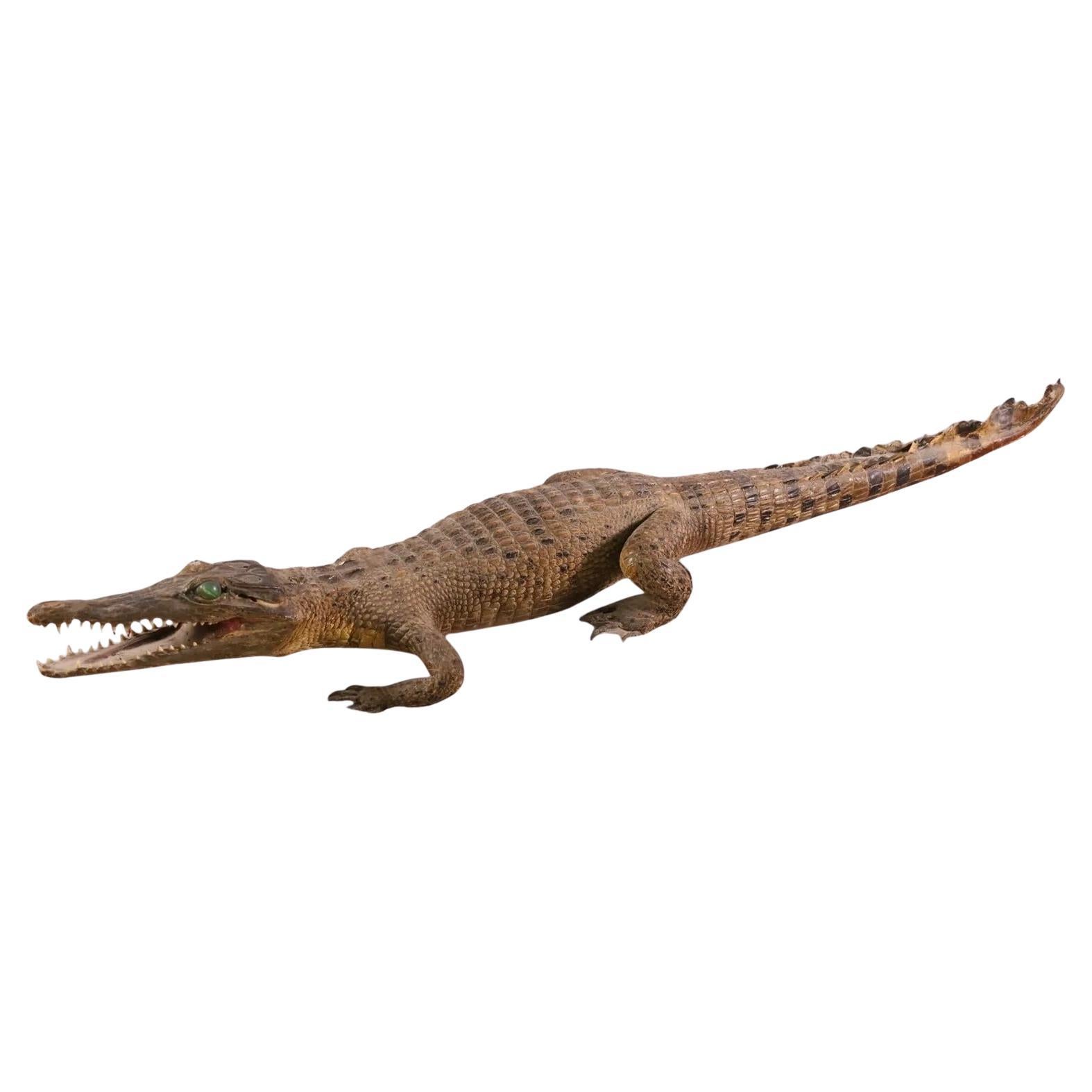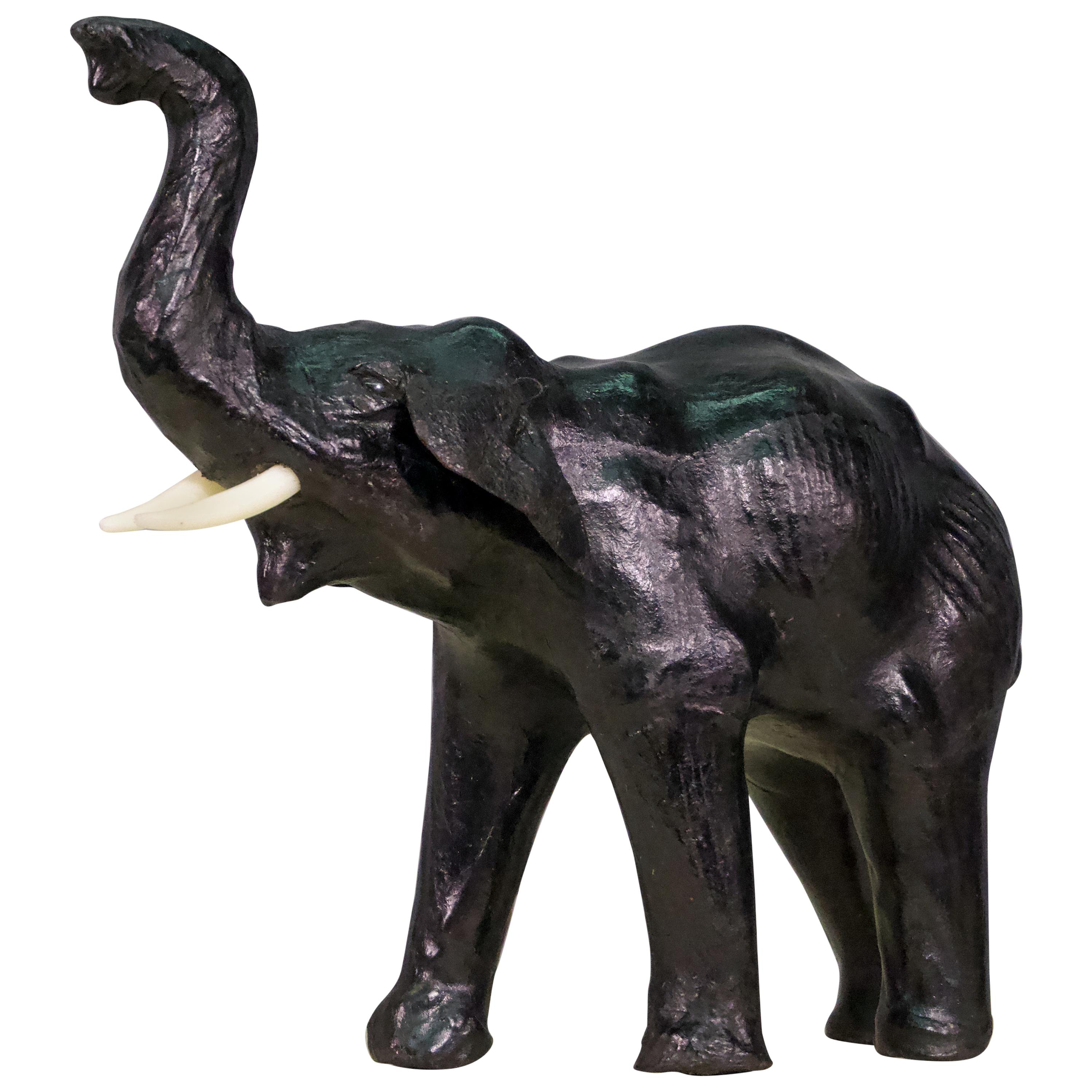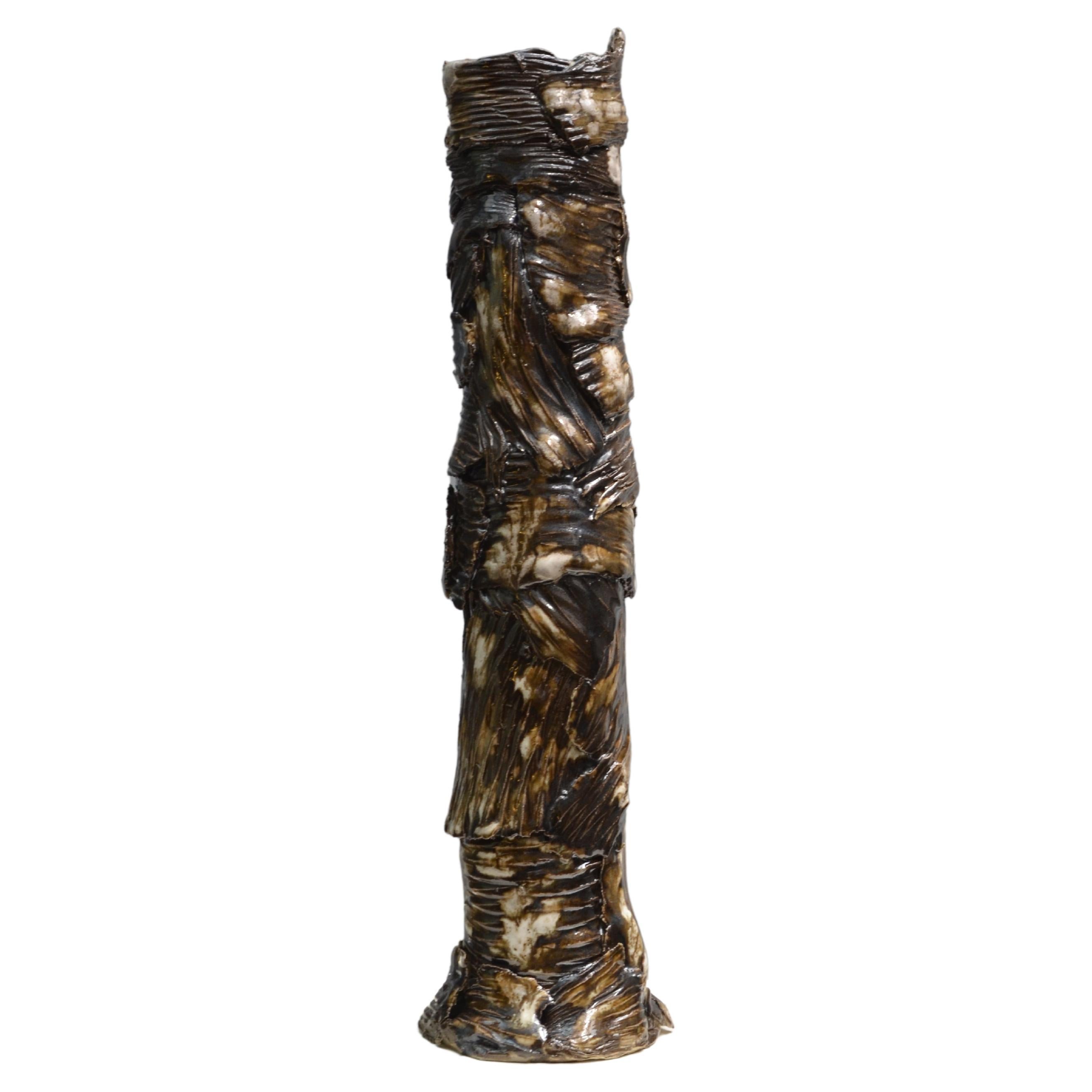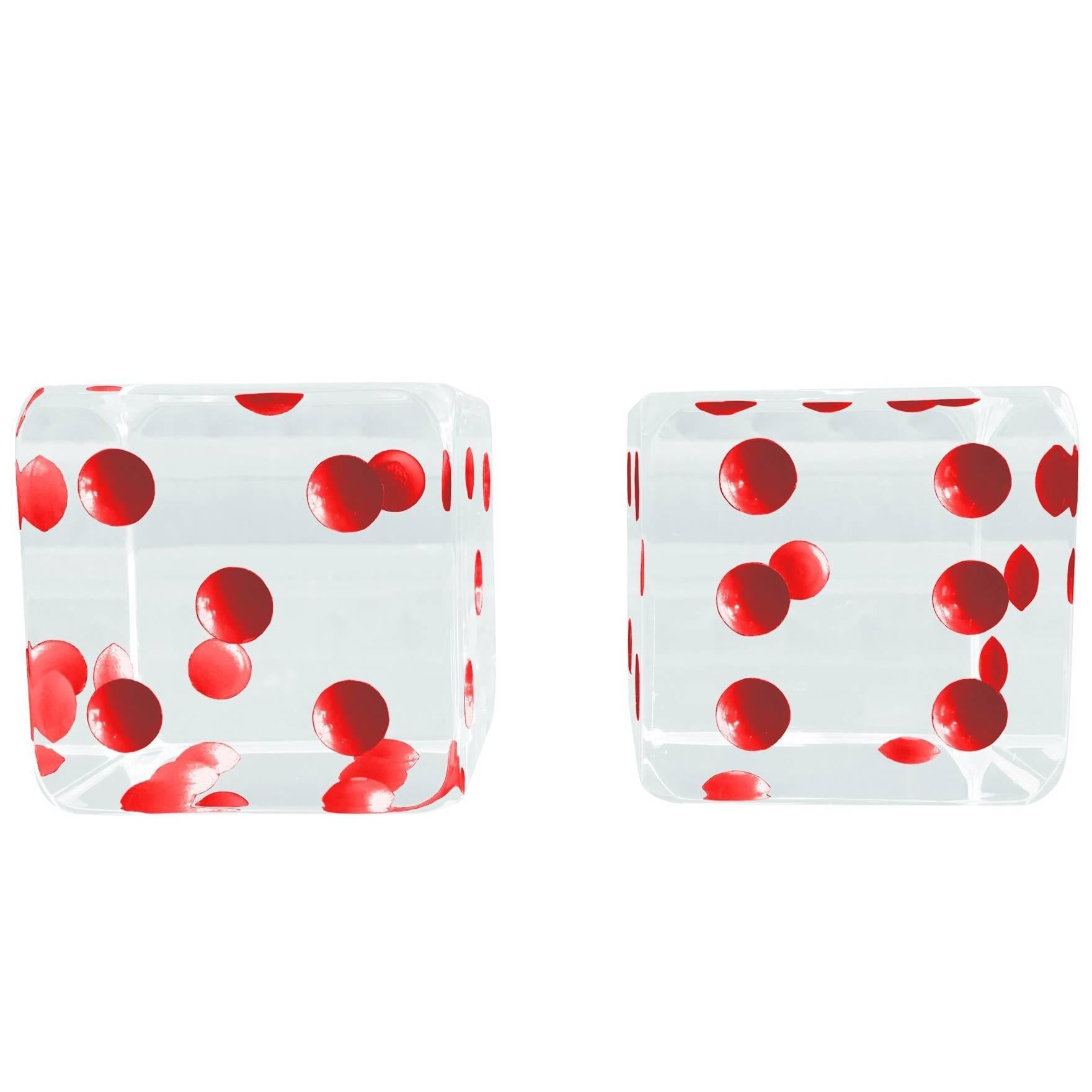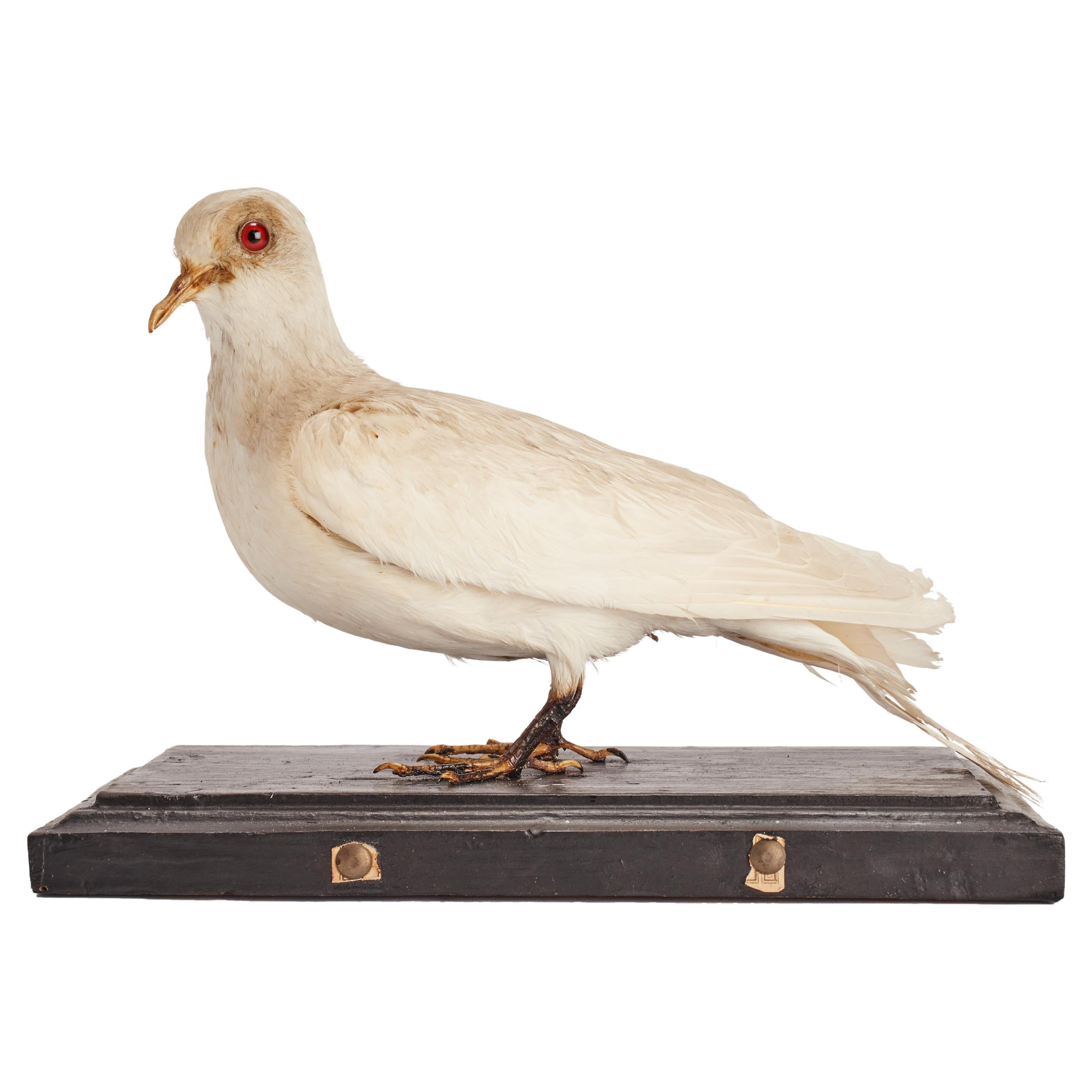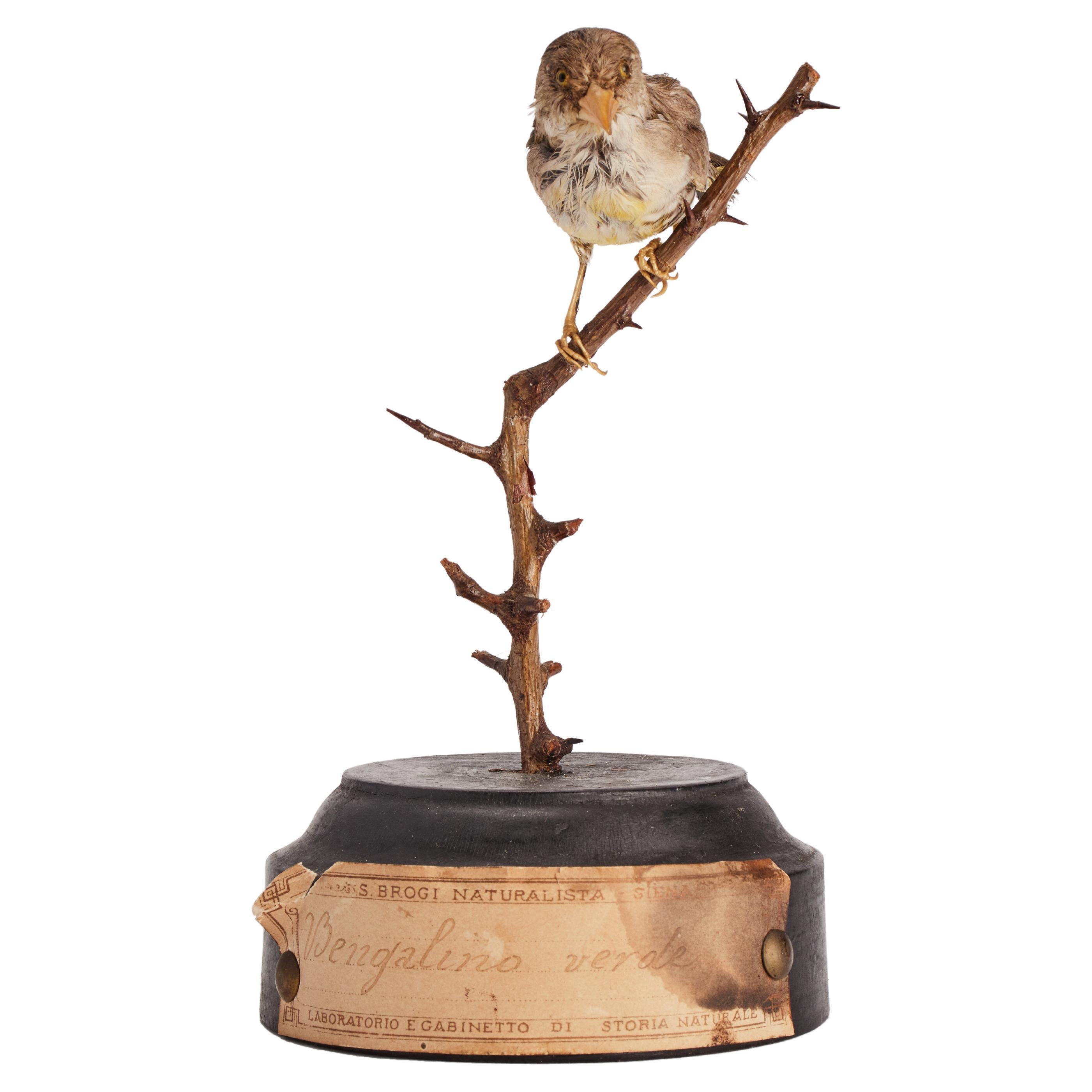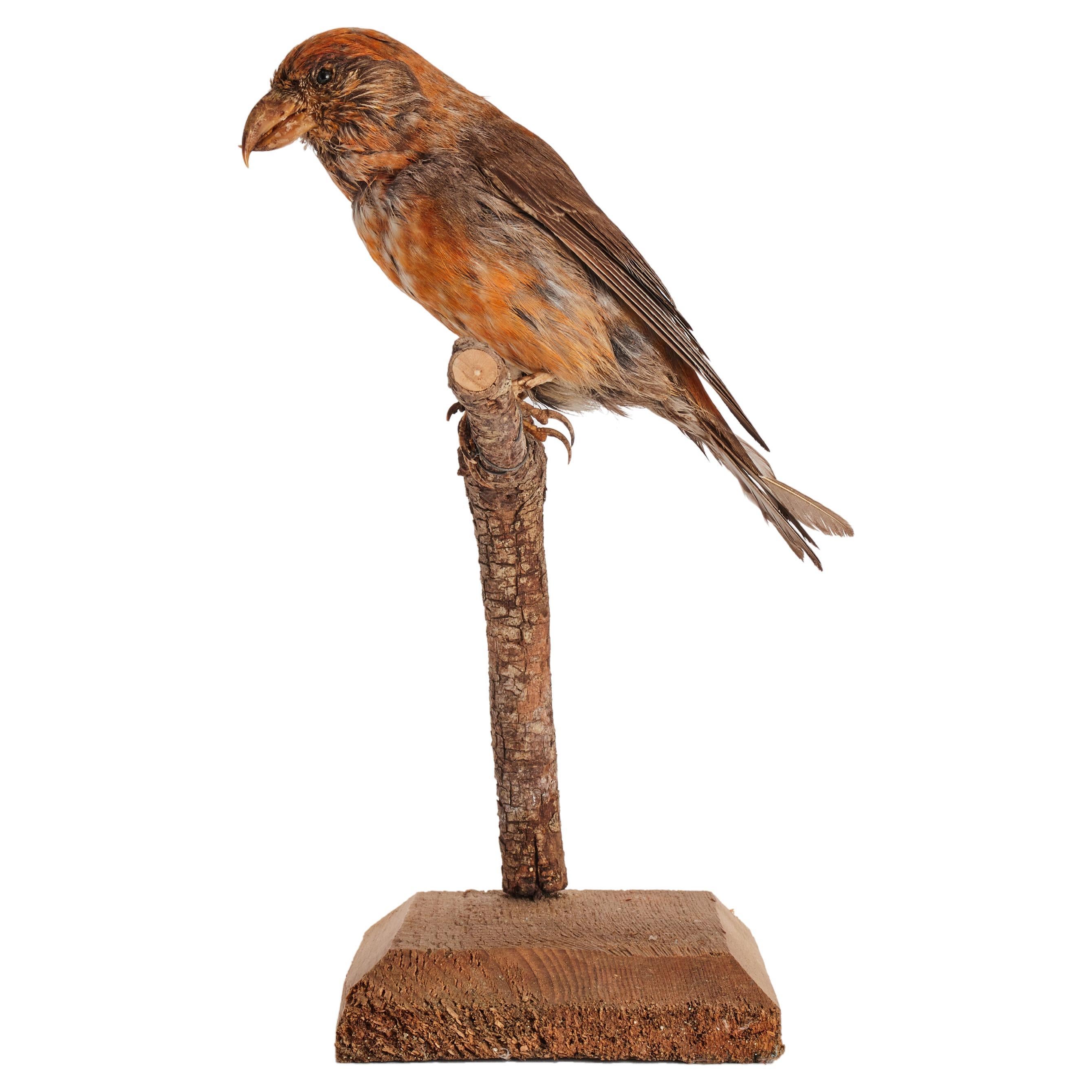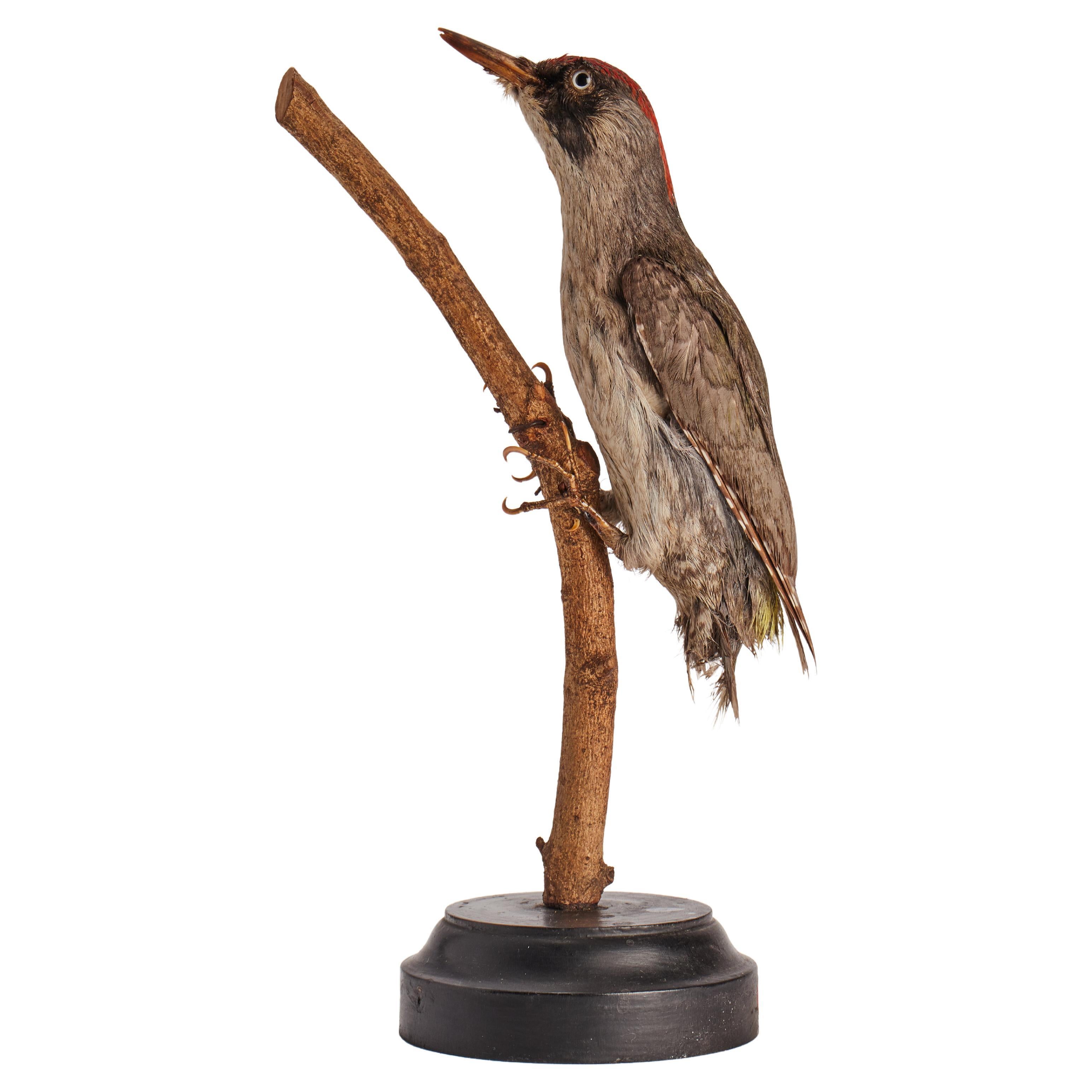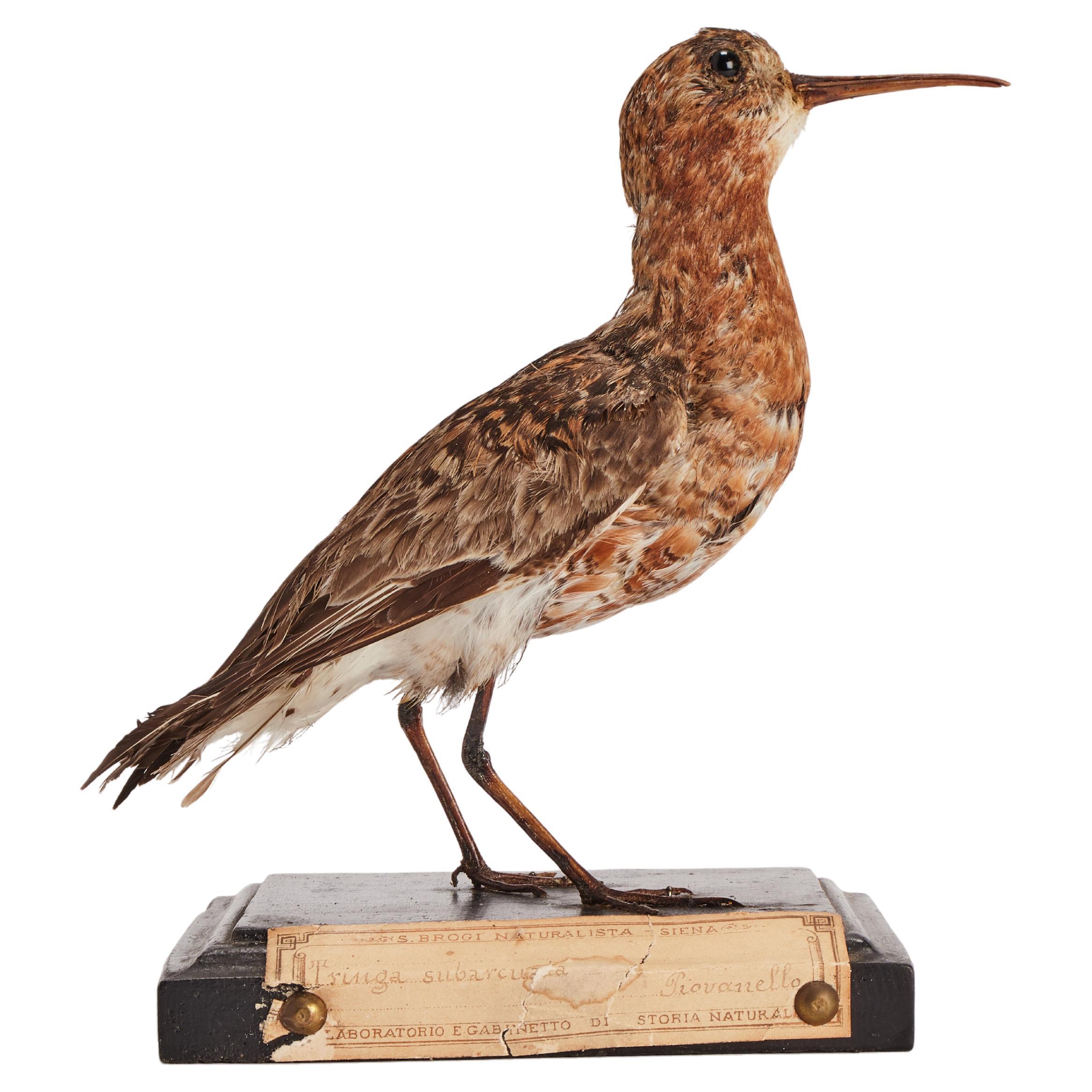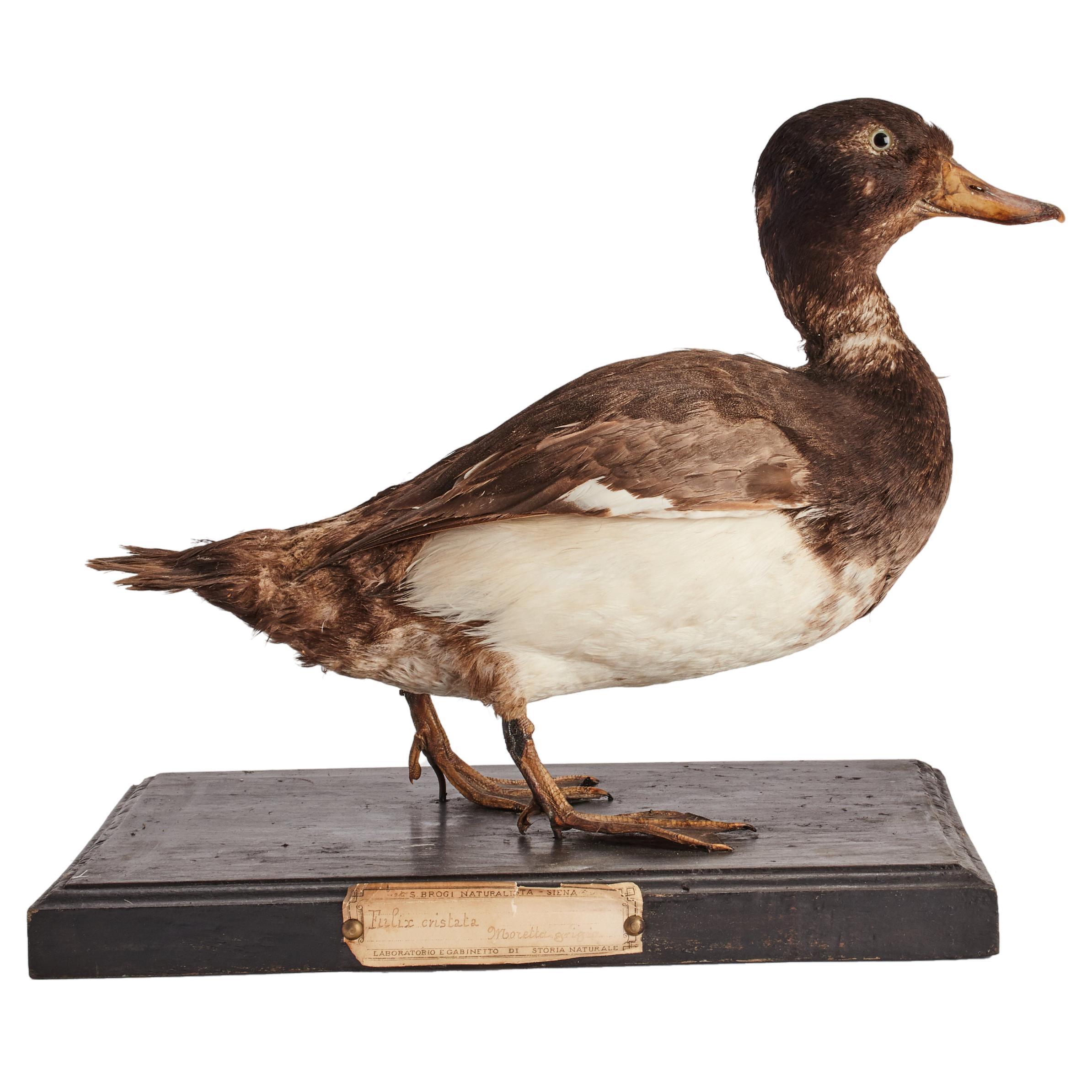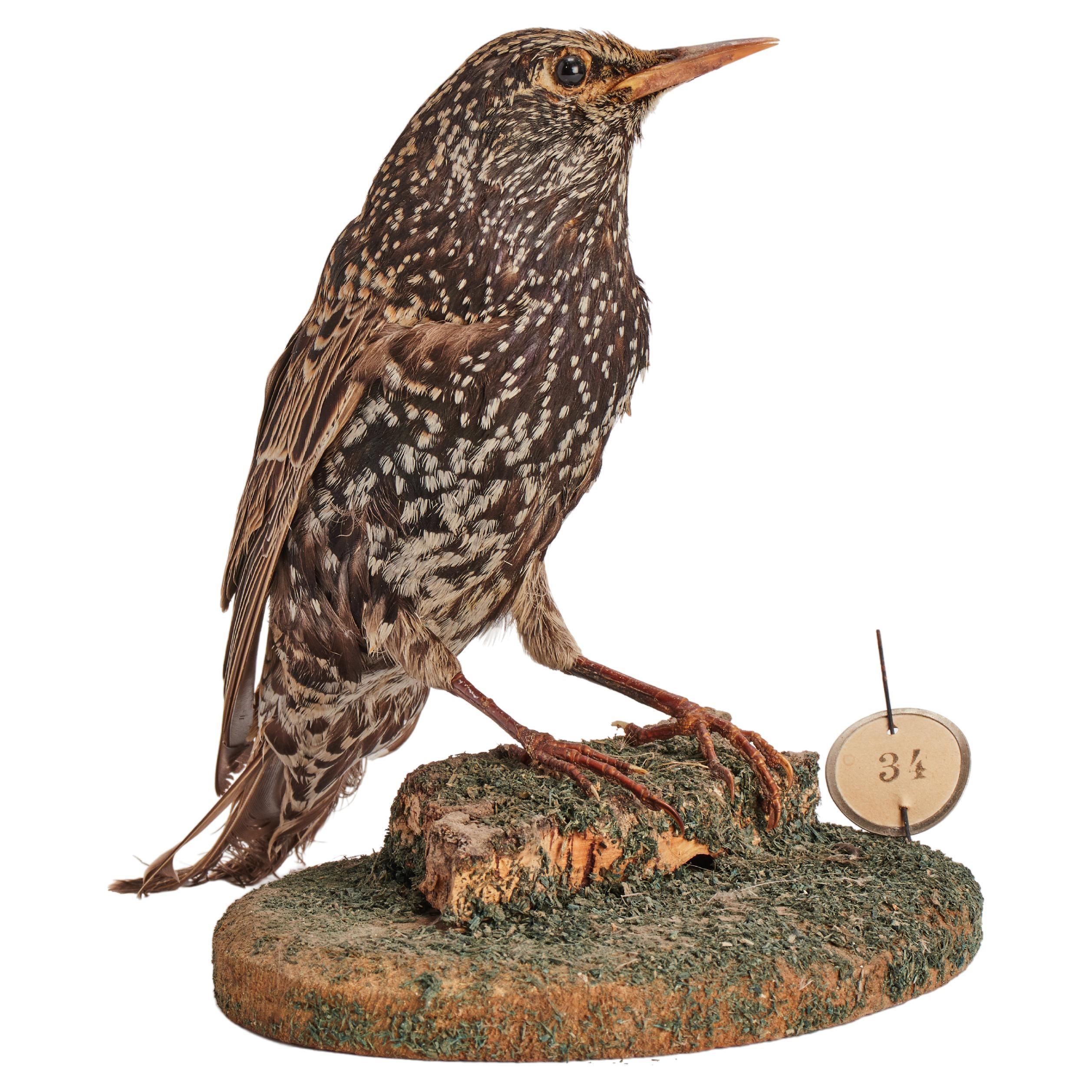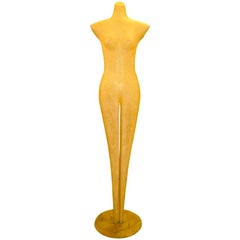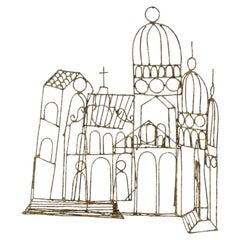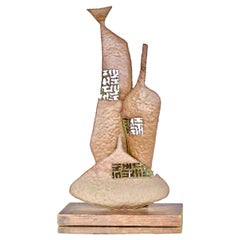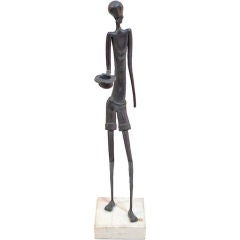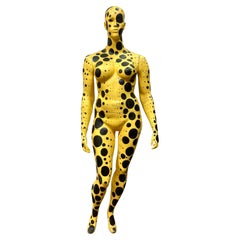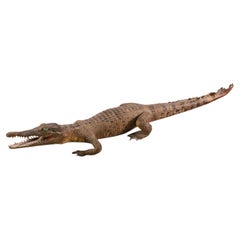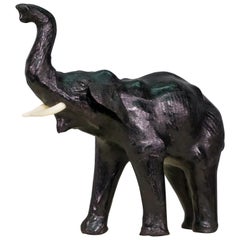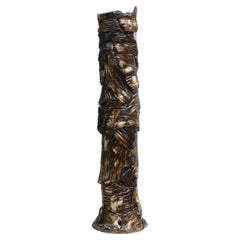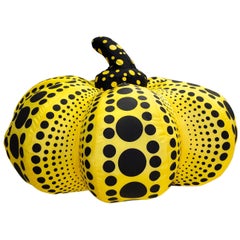
Yayoi Kusama "Dots Obsession" Stuffed Sculpture
View Similar Items
Yayoi Kusama "Dots Obsession" Stuffed Sculpture
About the Item
Yayoi Kusama
Widely inspirational and innovative artist Yayoi Kusama has a body of work that is exceptionally varied, ranging from graphic prints and paintings to polka-dot pumpkin sculptures, hypnotic collages, large-scale installations and fashion design.
Even if you don’t know her name, you’ve likely experienced Kusama’s art — or have seen it on Instagram. Her soft sculptures and dazzling “Infinity Mirrors” are the stuff of selfie-takers’ dreams, but Kusama’s impressive decades-long career certainly holds far more cachet than it does fodder for today’s aspiring social-media influencers.
Born in Matsumoto, Japan, in 1929, Kusama has worked with her signature polka dots since the age of 10, when she began to experience vivid hallucinations and claimed that patterns and dots were moving around her, swallowing up everything in view. She started to incorporate them into her paintings as a child. Kusama saw circular forms and nets on every surface and became especially fascinated with the pebbles that lined the bottom of the creek near her childhood home. Her family was sternly opposed to her art and her mother physically abused Kusama and discouraged her at a very early age. She has suffered psychological turmoil her whole life and is vocal about her mental illness. Today, Kusama is a voluntary resident at a psychiatric facility in Tokyo, and she calls her work “art medicine.”
At the Kyoto School of Arts and Crafts, Kusama trained in Nihonga, a traditional style of Japanese painting that originated during the Meiji period. On advice she solicited from painter Georgia O'Keeffe, a pioneer of modernism in America whom she greatly admired, she subsequently moved to New York City in 1958. There, Kusama flourished, creating prescient sculptures and large-scale monochrome paintings that bridged current styles with minimalism, which hadn’t yet achieved any kind of prominence as an art movement. She pushed boundaries with her “Accumulations” series, which saw her transforming found furniture pieces into sexualized objects, as well as with an avant-garde staging of theatrical orgies on the street — both stemming from her anxieties about sex as well as an endeavor to make a feminist statement about patriarchal authority and sexism.
Kusama was captivated by Surrealists as well as the Abstract Expressionists and greatly influenced the Pop artists who followed, befriending such icons as Donald Judd — who called her work “the best paintings being done” — and Andy Warhol, with whom she exhibited and later accused of stealing her ideas. Kusama moved with ease through artistic circles and made a point to draw attention to her “otherness” as a Japanese woman by wearing kimonos to her openings.
In 2021, Kusama brought her floral and vegetal sculptures to the New York Botanical Garden and her works can be found in the collections of many of the world’s top museums, including the Museum of Modern Art in New York, the Centre Pompidou in Paris and the National Museum of Modern Art in Tokyo. She famously collaborated with Louis Vuitton in 2012, and she created a 34-foot-tall balloon for the Macy’s Thanksgiving Day Parade in Manhattan in 2019, becoming the first female artist to design a work for the event. In addition to her visual artwork, Kusama is a writer, publishing poetry, novels and an autobiography.
Find a collection of Yayoi Kusama art on 1stDibs.
More From This Seller
View AllVintage 1950s American Mid-Century Modern Sculptures
Steel
Vintage 1950s Italian Mid-Century Modern Abstract Sculptures
Iron
Vintage 1950s Italian Mid-Century Modern Figurative Sculptures
Copper
Vintage 1960s Italian Sculptures
Stone, Iron
Vintage 1970s American Hollywood Regency Figurative Sculptures
Composition
Vintage 1980s German Industrial Fireplace Tools and Chimney Pots
Steel, Iron
You May Also Like
21st Century and Contemporary Figurative Sculptures
Fiberglass, Paint
Late 20th Century American Animal Sculptures
Animal Skin
Antique Early 19th Century English British Colonial Animal Sculptures
Leather, Straw
2010s Mexican Post-Modern Abstract Sculptures
Ceramic
20th Century American Mid-Century Modern Abstract Sculptures
Lucite, Acrylic
Antique Late 19th Century Italian Natural Specimens
Animal Skin, Wood, Paper, Feathers
